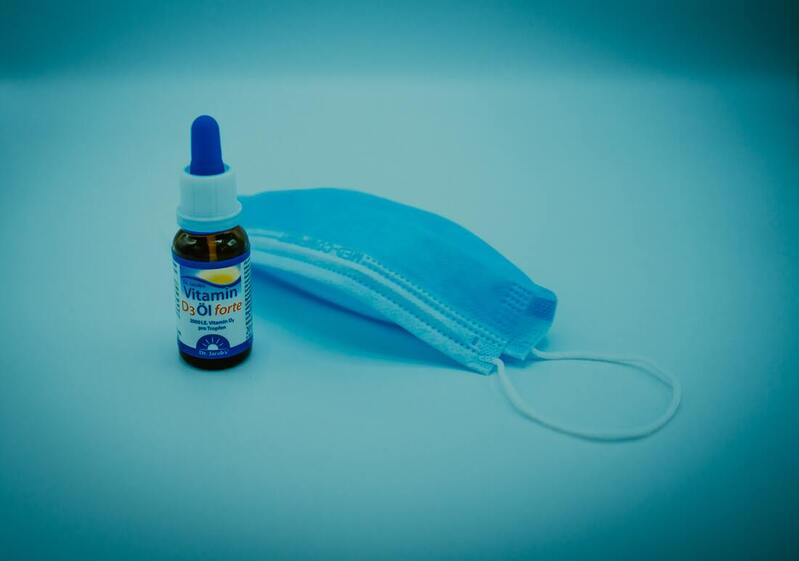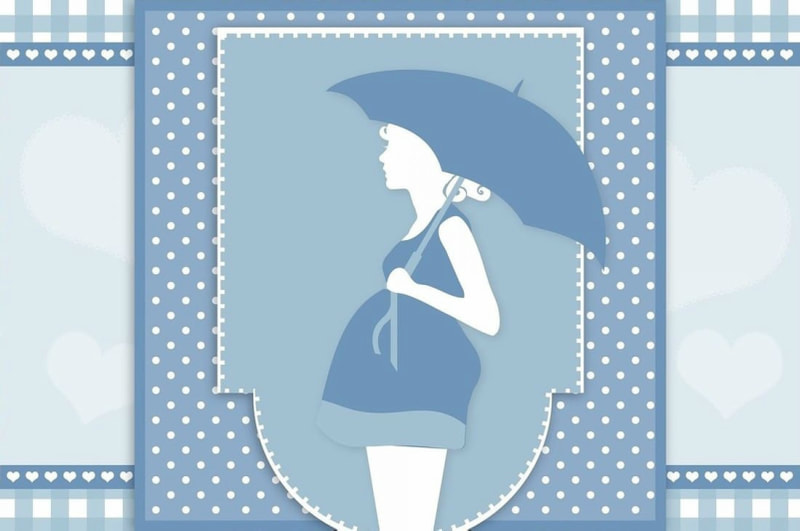Exploring the Link Between Vitamin D and COVID-19
Headlines are slammed daily about COVID-19: new dangers, breakthroughs, risks, long-term effects, and so on. A new development, however, has shown a link between vitamin D and the incidence of COVID-19 that proves to be hopeful for the future of this pandemic. Researchers have found that vitamin D potentially reduces the risk and severity of COVID-19 in various ways: it halts the virus through the production of antiviral antimicrobial peptides (AMPs), reduces proinflammatory cytokines in the immune system, and increases angiotensin-converting enzyme II (ACE2) activity that reduces the risk of developing acute respiratory disease syndrome (ARDS).
First, Vitamin D has been shown to effectively lower inflammation and benefit immune cells by generating antiviral molecules called antimicrobial peptides (AMPs). Cathelicidins and defensins are both types of AMPs that reduce the survival and replication of the virus. These two AMPs participate in antimicrobial and antiviral activity that guard against SARS-CoV-2, the virus that causes COVID-19. Specifically, cathelicidins block the entry of viruses into cells to overall prevent infection.
COVID-19 has also been partially linked to what health professionals call a “cytokine storm,” in which the body releases a large amount of inflammatory proteins called cytokines that generate a severe immune reaction. This cytokine surplus is caused by the inflammatory cytokine interleukin 6 (IL-6). Observational studies so far have found a higher amount of IL-6 in COVID-19 patients compared to healthy patients, though it isn’t as elevated as in other diseases. Vitamin D has been shown to effectively reduce the production of inflammatory cytokines like IL-6 and increase the anti-inflammatory cytokines, which could greatly reduce the risk and severity of COVID-19.
First, Vitamin D has been shown to effectively lower inflammation and benefit immune cells by generating antiviral molecules called antimicrobial peptides (AMPs). Cathelicidins and defensins are both types of AMPs that reduce the survival and replication of the virus. These two AMPs participate in antimicrobial and antiviral activity that guard against SARS-CoV-2, the virus that causes COVID-19. Specifically, cathelicidins block the entry of viruses into cells to overall prevent infection.
COVID-19 has also been partially linked to what health professionals call a “cytokine storm,” in which the body releases a large amount of inflammatory proteins called cytokines that generate a severe immune reaction. This cytokine surplus is caused by the inflammatory cytokine interleukin 6 (IL-6). Observational studies so far have found a higher amount of IL-6 in COVID-19 patients compared to healthy patients, though it isn’t as elevated as in other diseases. Vitamin D has been shown to effectively reduce the production of inflammatory cytokines like IL-6 and increase the anti-inflammatory cytokines, which could greatly reduce the risk and severity of COVID-19.
Image Source: Michele Blackwell
Additionally, vitamin D increases the concentration of expressed angiotensin-converting enzyme II (ACE2). Normally, ACE2 is a receptor protein on the surface of many cell types. SARS-Cov-2 binds to this receptor to enter and infect cells. Angiotensin-converting enzymes play a large role in regulating the body’s blood pressure and maintaining homeostasis. Angiotensin-converting enzyme 1 (ACE1) produces hormones that increase our blood pressure, and the role of angiotensin-converting enzyme 2 (ACE2) is to consume them. The presence of SARS-CoV-2 interferes with this process; the virus binds to the ACE2 receptor and suppresses it, leading to an accumulation of these hormones that could increase the severity of COVID-19 by leading to acute respiratory distress syndrome (ARDS). Reports show that approximately 70% of fatal COVID-19 cases are a result of ARDS. However, the presence of vitamin D increases the amount of free ACE2, which can act like a decoy, limiting the entry of SARS-CoV-2 into the body while also preventing lung injury and ARDS.
Observational studies of COVID-19 patients with vitamin D supplementation have promising results. A recent U.S study of COVID-19 patients showed that the SARS-CoV-2 positivity rate for those with a vitamin D concentration of 20 ng/mL was 11.3%, whereas the positivity rate for people with 40-50 ng/mL was 6.5%. Another study with four COVID-19 patients compared high-dose and low-dose vitamin D supplementation; patients receiving the high dose saw a great decrease in IL-6 and other markers of inflammation and had a shorter hospital stay. Another study in Spain showed that out of the 50 COVID-19 patients given vitamin D capsules, only one was admitted to the ICU, while 13 out of the 26 in the control group were admitted.
Yet, it’s important to keep in mind that all of this evidence is primarily based on observational studies. Randomized and controlled studies are still underway in order to verify the effect of vitamin D on COVID-19 under experimental conditions. Therefore, no causality can be inferred; however, the evidence from these studies is uniformly promising.
Observational studies of COVID-19 patients with vitamin D supplementation have promising results. A recent U.S study of COVID-19 patients showed that the SARS-CoV-2 positivity rate for those with a vitamin D concentration of 20 ng/mL was 11.3%, whereas the positivity rate for people with 40-50 ng/mL was 6.5%. Another study with four COVID-19 patients compared high-dose and low-dose vitamin D supplementation; patients receiving the high dose saw a great decrease in IL-6 and other markers of inflammation and had a shorter hospital stay. Another study in Spain showed that out of the 50 COVID-19 patients given vitamin D capsules, only one was admitted to the ICU, while 13 out of the 26 in the control group were admitted.
Yet, it’s important to keep in mind that all of this evidence is primarily based on observational studies. Randomized and controlled studies are still underway in order to verify the effect of vitamin D on COVID-19 under experimental conditions. Therefore, no causality can be inferred; however, the evidence from these studies is uniformly promising.
Featured Image Source: Dimitri Karastelev
RELATED ARTICLES
|
Vertical Divider
|
Vertical Divider
|
Vertical Divider
|






